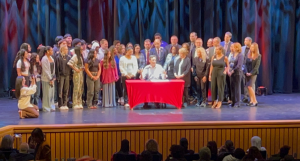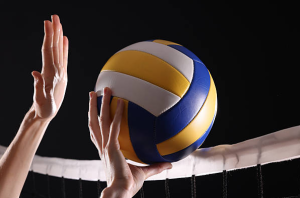TLC New Years
May 2, 2018
Thai, Laos, and Cambodia New Years. The event of the year to remember, that is usually the 14-16th of April.
Pi Mai Lao or Laos New Years
The hottest days of the year in most parts of the world that is why no one minds being constantly wet by thrown water everywhere topped with thrown baby powder.
The first day of celebration is the last day of the old year. Perfume, water and flowers are prepared for the new year. At wats (temples), Buddha images are taken down on a stable table from their permanent places to pour perfume water on them. Then collecting the running water to bring home to pour on family and friends, this is believed to bless to start off the new year.
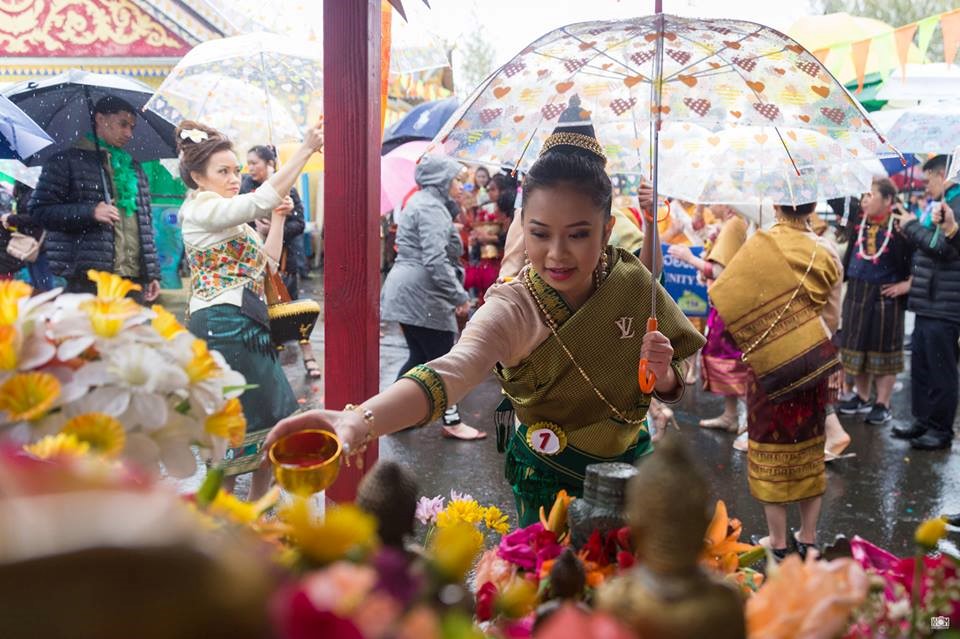
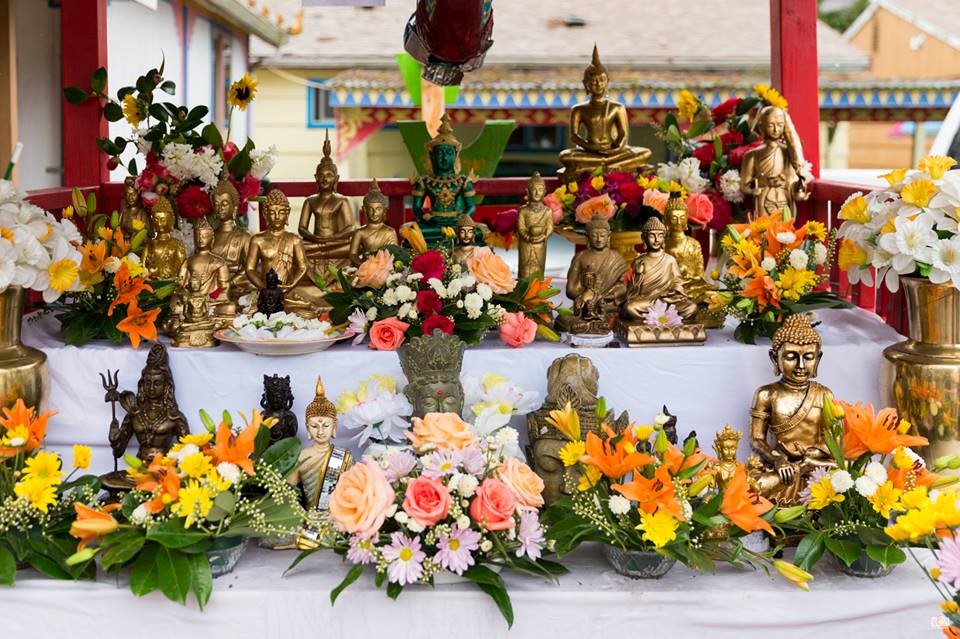
The second day of the Lao New Year festival is the “day of no dayâ€. It is a day that falls in neither the old year nor the new year. Elders encourage young people to clean their places and go out to pour water on other elders in the village and wish them well, and finally get wet themselves. This is a way to clean and send bad things away with the old year.
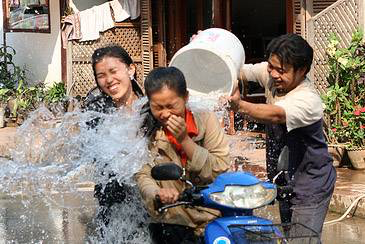
The idea of watering came from the legend of King Kabinlahom, whose seven daughters kept his severed head in a cave. The daughters would visit their fathers head every year and preform a ritual to bring happiness and good weather. The third day of the festival marks the first day of the new year. Families hold a Baci Ceremony at their houses to welcome Lao New Years as well as to wish their elders good health and long life. Some may ask for forgiveness for the wrong doings in the past year, while giving gifts to elders.
Sus’Dei Chnam Thmei or Cambodian New years
Wishing everyone peace, happiness, and success.
The first day of Khmer New Years is called Moha Songkran. In clean and deforested homes a platter full of fruits, a cake with candles, incense sticks decorated with flowers, and flashing light chains are set out in order to welcome a new god or angel to protect the world for the year ahead.
The second day of the New Year is called Wanabat, meaning “day of giving†where presents are giving to those in need, parents, grandparents, and the elderly. Monks are then asked to give a blessing.
The third day of the New Year is called Tanai Lieang Saka and means “new beginning.†After seeking the blessings of the monks in the morning, a joyful farewell celebration is held in the afternoon. In the streets and in public places, people pour water on each other. Children and young people throw baby powder and flour at each other.
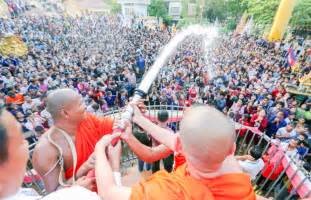
At the beginning of the festival, people usually cook food and bring it to the monks in the pagodas. The pagoda thus becomes place of reunion, meeting old friends and exchanging new about their lives.
Songkran or Thai New Years
Songkran stands to be the most popular festival of Thailand that mark the beginning of the new solar year and the start of summer season as well.
The Songkran festival is also a period when the Thai people cleanse and pour water mixed with Thai fragrances on Buddha images. In order, not to bring bad luck into the New year, it is a tradition all houses are completely clean a day before the celebration.
Water is used to cleanse themselves of those bad things and a symbol of fertility. The water festival is one of the highly cherished and most popular event in Thailand, locals celebrate the Songkran festival by splashing water over themselves with a word of blessing. Most young Thai use water guns and pump buckets to soak themselves up.
The Songkran festival promises to be quite refreshing and fun.
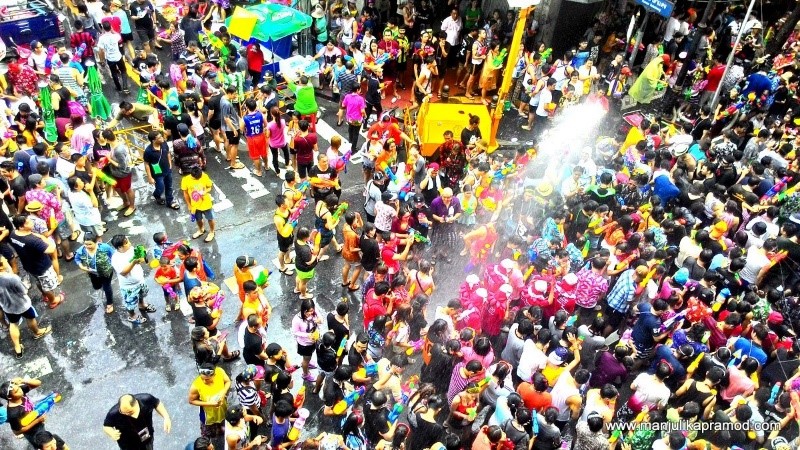
Thai, Laos, and Cambodian New Year is something to look forward to throughout the year with much enjoyment. They are not too different on their celebrations but it is amazing to be a part of it all and have fun splashing water on one another!
Picture Credits: Manjulika Pramod, DTAC,Â


